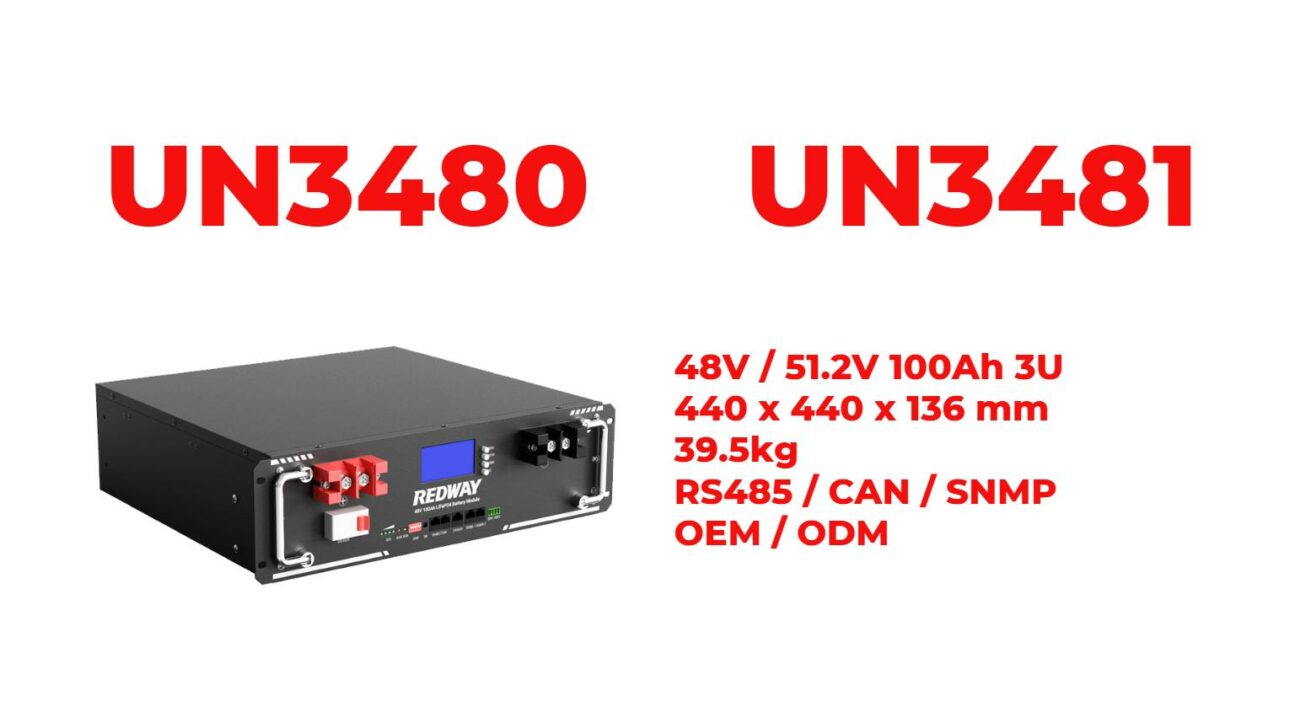How Much Energy Does a Heated Jacket Use?
Heated jackets typically consume between 10 to 50 watts of energy, depending on their design, heating elements, and settings. Understanding the energy requirements of these jackets can help users make informed choices about their use and efficiency, especially during extended outdoor activities.
How Much Energy Do Heated Jackets Typically Consume?
The energy consumption of heated jackets varies based on several factors:
- Standard Models: Most heated jackets operate at voltages between 5V to 12V, drawing approximately 3 to 5 amps. This results in power consumption ranging from 10 watts to 50 watts.
- Heating Settings: Higher settings consume more energy. For example, a jacket set to high may use around 30 watts, while low settings might only require 10 watts.
This variability allows users to adjust their energy usage based on comfort needs and battery life.Chart: Typical Power Consumption of Heated Jackets
| Voltage | Amperage | Power Consumption (Watts) |
|---|---|---|
| 5V | 2A | 10W |
| 7.4V | 3A | 22.2W |
| 12V | 4A | 48W |
What Factors Influence the Energy Usage of Heated Jackets?
Several key factors affect how much energy a heated jacket uses:
- Heating Elements: The type of heating element (e.g., carbon fiber vs. metal) can impact efficiency and heat generation.
- Temperature Settings: Higher temperature settings will naturally increase energy consumption.
- Environmental Conditions: Colder temperatures require more energy to maintain warmth, leading to increased battery usage.
- Battery Condition: Older batteries may drain faster, impacting overall efficiency.
Understanding these factors can help users optimize their jacket’s performance.
How Do Voltage and Amperage Affect Power Consumption?
The voltage and amperage ratings of a heated jacket are crucial for determining its power consumption:
- Voltage: Higher voltage jackets (e.g., 12V) can provide more heat but may consume more power.
- Amperage: The current drawn by the jacket affects how much energy is used. For instance, a jacket that draws 3 amps at 7.4 volts will consume about 22.2 watts (calculated as ).
This relationship highlights the importance of knowing both voltage and amperage when assessing energy needs.
What Are the Different Types of Heated Jackets and Their Energy Needs?
Heated jackets come in various types, each with different energy requirements:
- Battery-Powered Jackets: These typically use rechargeable lithium-ion batteries with capacities ranging from 2000 mAh to 10000 mAh, consuming between 10 to 50 watts depending on the model.
- USB-Powered Jackets: These can be connected to power banks or USB ports, often consuming less power than battery-operated models due to direct power sourcing.
- Hybrid Models: Some jackets combine both battery and USB capabilities, allowing for flexible energy use.
Understanding these types helps users choose jackets that align with their needs for warmth and efficiency.
How Can Users Optimize Energy Efficiency in Heated Jackets?
To maximize energy efficiency while using heated jackets:
- Adjust Temperature Settings: Use lower settings whenever possible; this conserves battery life without sacrificing too much warmth.
- Layer Clothing: Wearing insulating layers underneath can reduce reliance on heating elements.
- Limit Continuous Use at High Settings: Turn off or lower the heat when not needed, especially during breaks.
- Choose Efficient Models: Look for jackets with good insulation and efficient heating technologies that provide warmth without excessive power consumption.
By following these tips, users can enjoy the benefits of heated jackets while minimizing energy usage.
Industrial News
The market for heated apparel is experiencing significant growth as manufacturers focus on improving energy efficiency in heated jackets. Recent innovations include advanced heating technologies that reduce power consumption while enhancing warmth. As outdoor activities become increasingly popular during colder months, these developments are crucial for meeting consumer demands for effective and efficient heated clothing options.
Expert Views
“Understanding how much energy a heated jacket consumes is vital for users who want to balance warmth with battery life,” says Dr. Emily Carter, an expert in wearable technology. “By choosing models with efficient heating systems and managing settings wisely, users can enjoy extended comfort without excessive energy use.”

